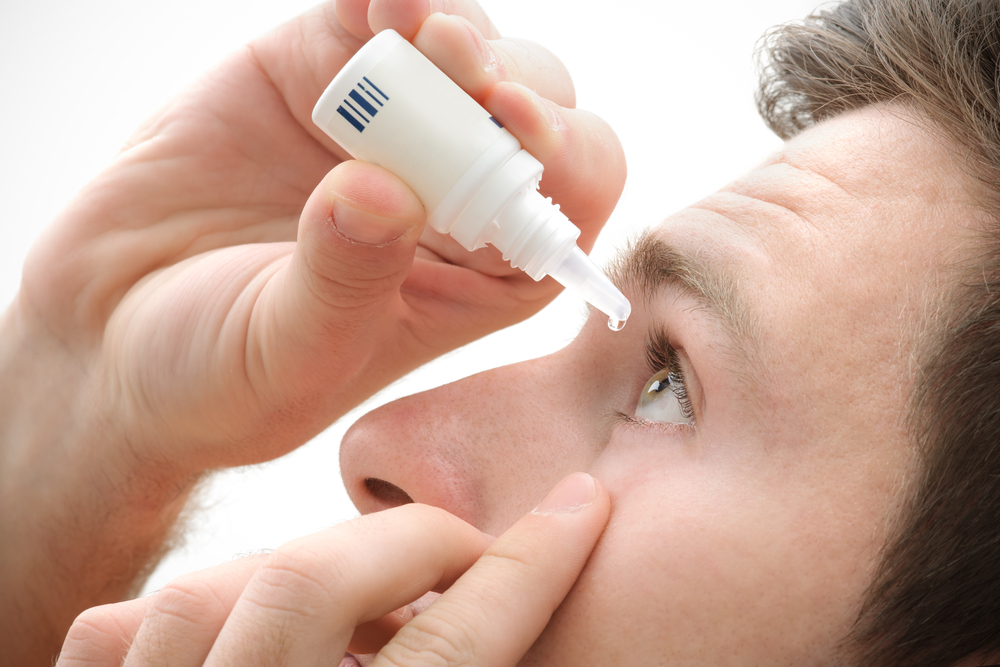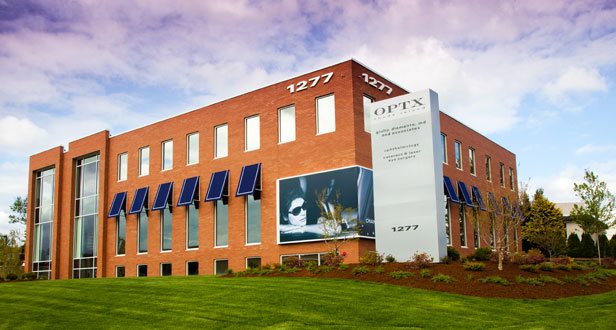
Fall is almost universally touted as the best of the four seasons. Green leaves give way to vivid hues of orange, yellow and red. Cozy sweaters and warm boots are back in style, not to mention apple picking season is in full swing. What’s not to love?
Well, for some people, this beautiful change in weather means the exact opposite of fun. You know, runny noses, puffy red eyes and constant sneezing? Sound familiar to you? We’re talking about fall allergies!
What Are Fall Allergies?
Fall allergies are allergies that typically start in the month of September or October. A number of things can trigger fall allergies. Around 75% of people who experience springtime allergies will also experience fall allergies. Sorry about that!
The biggest factor, and what people tend to be the most sensitive to, is ragweed pollen. Ragweed tends to release its pollen during the cool nights in August, but can last well into September and October.
Another allergy trigger that is specific to fall: mold! You know those big piles of colorful leaves you had to rake as a kid? Turns out, rotting vegetation and rainy days make for an ideal mold breeding ground. Mold can be a big allergy trigger for many people. Still wanna jump into that mound of autumn leaves?
In case those other two triggers don’t bother you, there’s more! Dust mites tend to get stirred up into the air the first few times you turn your heat on after the summer.
How Do Fall Allergies Make Dry Eyes Worse?
Allergens can enter your body through your nose, mouth and can even enter your eyes. If you already live with dry eye syndrome, this can be a big problem.
When you have dry eyes, these allergens get into your eyes and are not always able to be properly flushed out. Dry eye syndrome occurs either because of a lack of proper tear production, or poor quality tear production.
Lack of tear production is pretty self explanatory, but what about poor quality tear production?
Meibomian Gland Dysfunction
Poor quality tear production is more often than not caused by meibomian gland dysfunction (MGD). Meibomian glands are tiny glands that line the margin of your upper and lower eyelids. These glands produce oil – a very important part of the tear film. This oil acts as a barrier for the other tear components, keeping them from evaporating too quickly. People with MGD do not produce enough of the oil.
Part of the job of the tear film is to flush out debris and, you guessed it, allergens. When the tear film evaporates too quickly, there’s not much left to flush out the allergens. This exacerbates an already frustrating issue.
The Result
So, because your dry eyes are not able to flush out the allergens as well as they should, you end up with red, itchy and puffy eyes. These symptoms can often be more intense than those of people who only suffer from dry eye syndrome and vice versa.
Are you ready to reduce your dry eye symptoms? Dry eye syndrome can be frustrating, but Dr. Diamante is here to help. Contact Dr. Diamante’s Johnston, RI location today to schedule your dry eye consultation!


